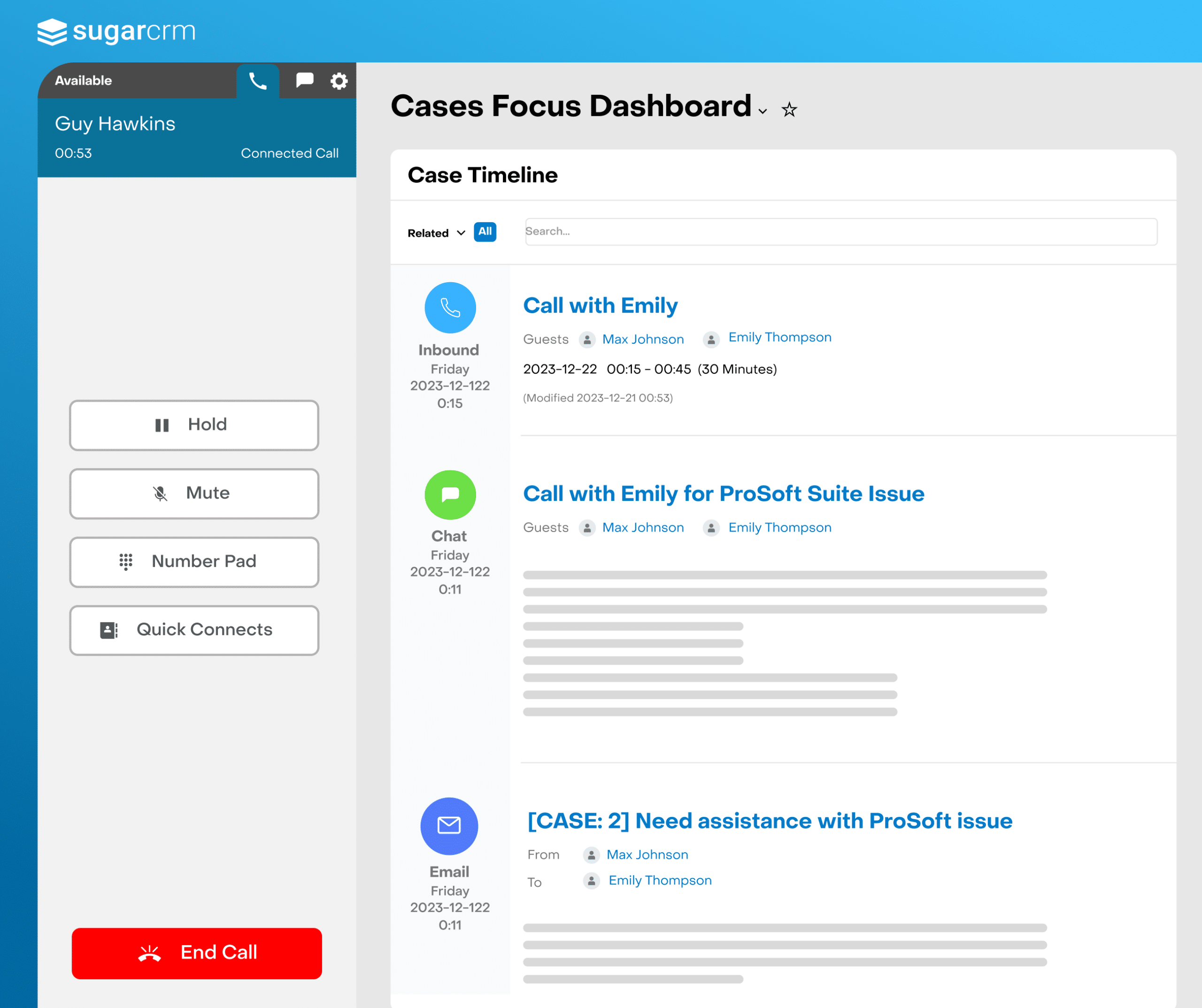Scaling smarter: How Speedpanel is building for the future
For nearly 30 years, Speedpanel has been shaping the future of construction in Australia. An Australian-owned and developed manufacturer, the company’s fire-rated and acoustic wall systems are trusted across the building and construction market.
With a mission to make buildings safer, Speedpanel has grown organically to become an industry leader. Now, with international markets and opportunities on the horizon, the business is preparing for its next phase of growth built on smarter ways of working.
A key part of that transformation is the digitization of Speedpanel’s installation review process within SugarCRM, streamlining workflows while improving compliance oversight.
From silos to clarity
As Speedpanel grew, complexity increased. Sales, customer service, and manufacturing each managed data differently, making it difficult to get a single, accurate view of the business. In an industry where forecasting accuracy matters, that lack of visibility limited the company’s ability to plan with confidence.
Speedpanel also saw an opportunity to enhance its Installation Review process – a key after-sales service focused on installation quality and compliance. By bringing this workflow into SugarCRM, project managers can now generate reports instantly on-site, replacing the previous photo-and-PDF process. The result is faster turnaround, greater consistency, and a live data source that supports continuous improvement and compliance insights.
Clarity brings confidence
By centralizing customer, sales, and operational data in SugarCRM, Speedpanel created a single source of truth that connects every part of the business – from forecasting to field reporting.
“Our reps now know what’s happening, what’s expected and what’s next,” says Peter Lorenc, National Sales and Marketing Manager. “Our forecasting accuracy in some months has been bang on 95%.”
The new digital workflows have brought the same clarity to Installation Reviews, turning once-manual reports into measurable insights that guide training and reduce rework.
Empowered teams, smoother projects
The numbers tell the story:
- Up to 50% reduction in admin time on key processes
- Up to 30 hours saved per month
- Better visibility of installation quality trends through BI dashboards that help builders and QA managers pinpoint improvement areas.
Projects now run smoother, customers get faster answers, and Speedpanel’s teams are empowered to focus on value-added work instead of admin.
Building for the future
With a single, intelligent system powering sales, operations, and compliance, Speedpanel is well-positioned for international expansion. The company continues to prove that when clarity meets confidence, growth follows naturally – and that smarter systems don’t just improve efficiency, they help build safer, stronger outcomes across the industry.

